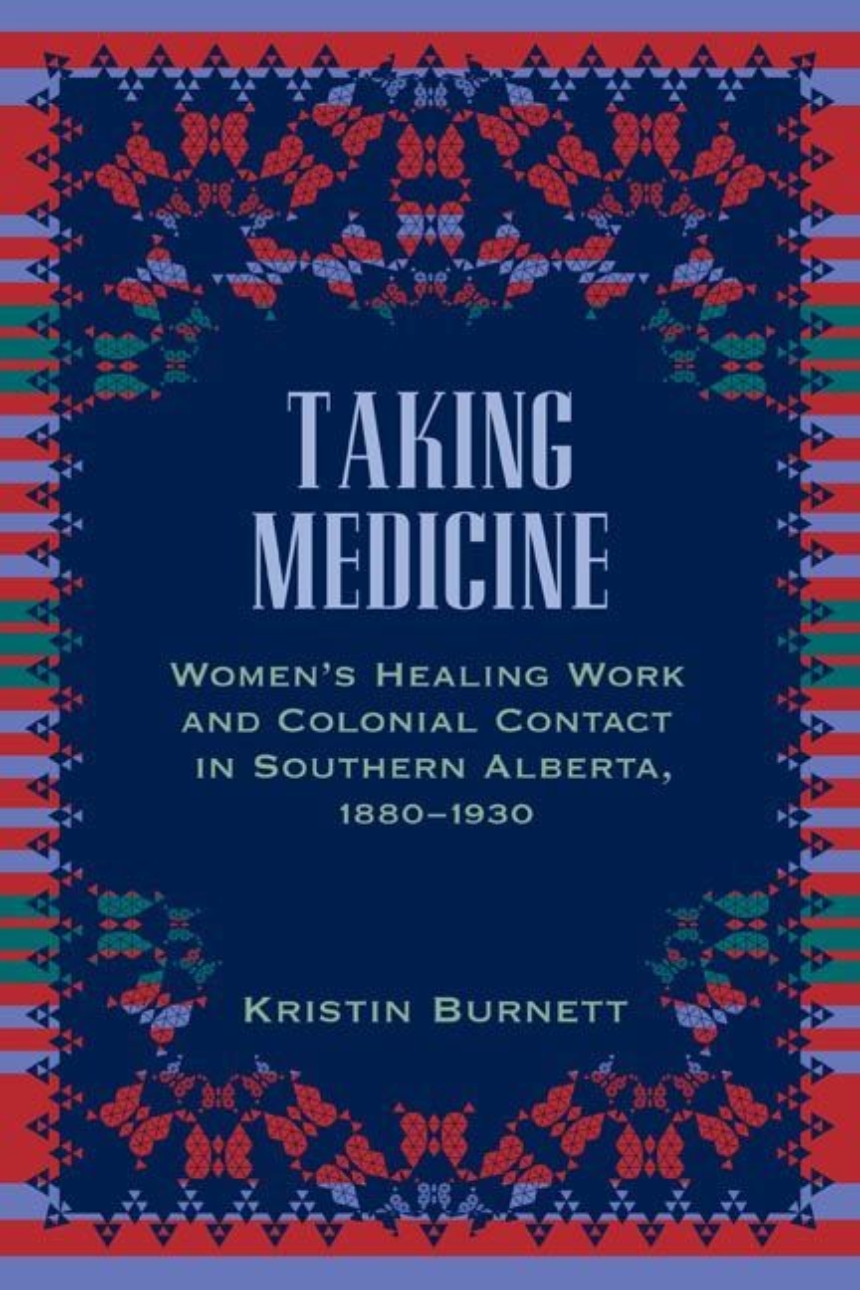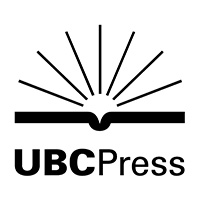University of British Columbia Press
Taking Medicine
Women’s Healing Work and Colonial Contact in Southern Alberta, 1880-1930
Distributed for University of British Columbia Press
Taking Medicine
Women’s Healing Work and Colonial Contact in Southern Alberta, 1880-1930
Table of Contents
Introduction
1 Niitsitapi: The Northwestern Plains
2 Setting the Stage: Engendering the Therapeutic Culture of the Siksika, Kainai, Piikani, Tsuu T’ina, and Nakoda
3 Giving Birth: Women’s Health Work and Western Settlement, 1850-1900
4 Converging Therapeutic Systems: Encounters between Aboriginal and Non-Aboriginal Women, 1870s-90s
5 Laying the Foundation: The Work of Nurses, Nursing Sisters, and Female Attendants on Reserves, 1890-1915
6 Taking over the System: Graduate Nurses, Nursing Sisters, Female Attendants, and Indian Health Services, 1915-30
7 The Snake and the Butterfly: Midwifery and Birth Control, 1900s-30s
Conclusion
Notes
Bibliography
Index

